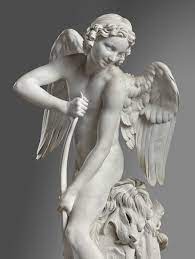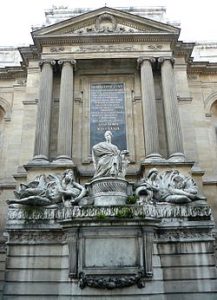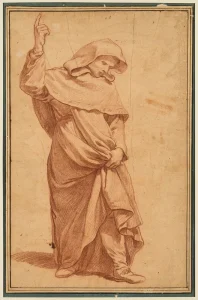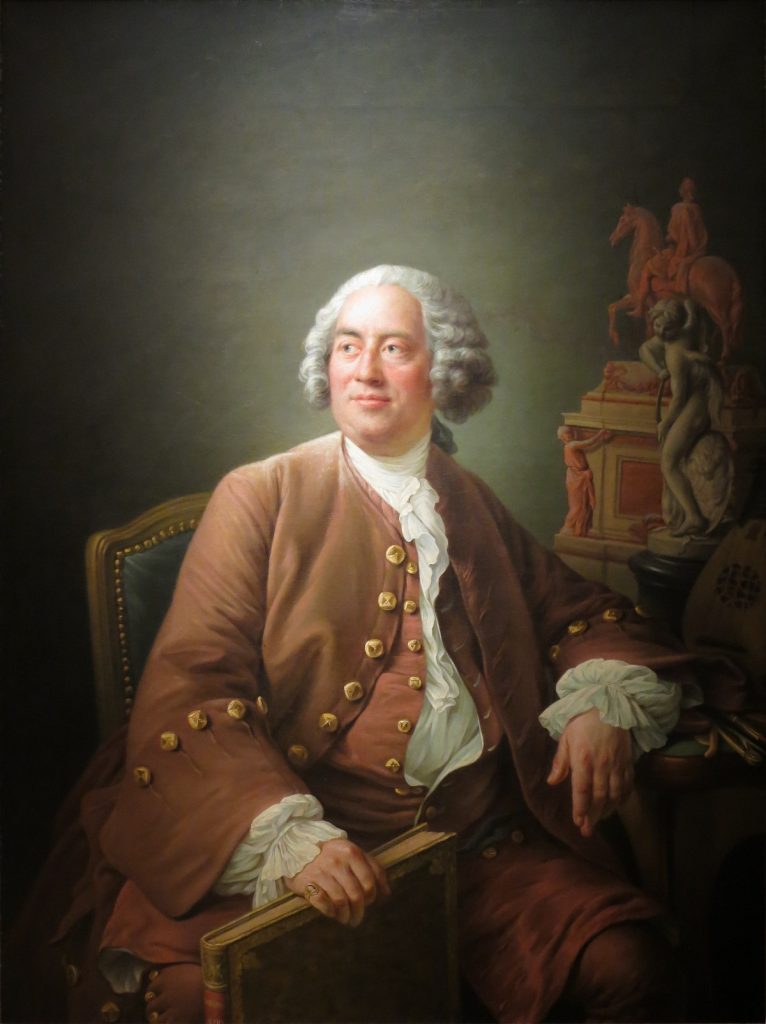Vaishnavi Srivastava
29th May 2023. ON THIS DAY.
Edme Bouchardon, an acclaimed French sculptor, draughtsman, and medallist, was born on May 29, 1698. His works helped launch the Neoclassical movement’s opposition to the Rococo style. Bouchardon’s influence goes much beyond his sculptural accomplishments, despite the fact that he is frequently recognised as the most famous French sculptor of his day.
Bouchardon had an aptitude for creative expression from a young age. He was introduced to religious art by his father, Jean-Baptiste, who was also an architect and sculptor, and this sparked a fascination for the subject that lasted his entire life. Bouchardon’s oldest known piece, a stone relief depicting Saint Stephen’s martyrdom, demonstrated his early talent as an artist and laid the foundation for his future success.

Courtesy Getty Images
Bouchardon’s brilliance was recognised when he received the coveted Prix de Rome in 1722 at the age of twenty-four. He was able to study and work in Italy for the following eight years because of this honour. Bouchardon engaged himself in the creative legacy of Rome, constructing countless busts of portraits and reproductions of ancient statues in marble. His time in Rome played a significant role in forming his artistic approach and style.
Bouchardon acquired a unique talent for fusing traditional Roman methods with modern themes during his time in Italy. His famous works, including “Cupid Cutting His Bow from the Club of Hercules” and “Fountain of the Seasons,” demonstrate this deft synthesis. The former, a complex architectural structure filled with sculptures and reliefs, demonstrated Bouchardon’s openness to fusing Rococo elements into his classical creations.

Courtesy: Wikipedia
When Bouchardon returned to France, Louis XV noticed his talent and chose him to be the official sculptor for the French court. Important pieces for the royal residence and eminent public monuments were among his commissions. The Louis XV statue on horseback that the city of Paris had commissioned was maybe his most ambitious undertaking. Despite being made in 1758, the statue wasn’t put up until 1763, a year after Bouchardon’s passing. However, the statue, which was located in the Louis XV Palace, was destroyed during the turbulent French Revolution.
In addition to his accomplishments in sculpture, Bouchardon’s skill as a draughtsman was extremely important to his artistic development. His Vade Mecum notebooks, which document his creative process and express his adoration for the works of the great masters, provide insight into his thinking process. During his strolls in Rome, he always carried one of these compact, pocket-sized notebooks with him so he could record his impressions and quickly sketch any artworks that caught his attention.

Courtesy: Artsy
Bouchardon’s artistic repertoire went beyond representations of religion and sculpture. His designs for burial monuments demonstrate his ability to authentically convey strong, nuanced emotions. His sketches show a creative and emotive way of remembering the deceased, even though many of these concepts were never carried through.
The pioneering sculptor and draughtsman Edme Bouchardon was born on this day, May 29, and his creations spanned the gap between classical tradition and modern influences. He played a crucial role in the shift from the Rococo to the Neoclassical era because of his dedication to classicism and openness to new aesthetic movements.
The works of Bouchardon continue to be an inspiration for both artists and art lovers. He is a major character in the history of French sculpture because of his expert craftsmanship, attention to detail, and capacity to express intense emotion via his work. Today, we memorialise Edme Bouchardon, a visionary artist whose enduring works created a lasting impression on the art world.
References
https://www.rct.uk/collection/421132/edme-bouchardon-1698-1762
https://www.getty.edu/art/exhibitions/bouchardon/inner.html
https://www.britannica.com/biography/Edme-Bouchardon






